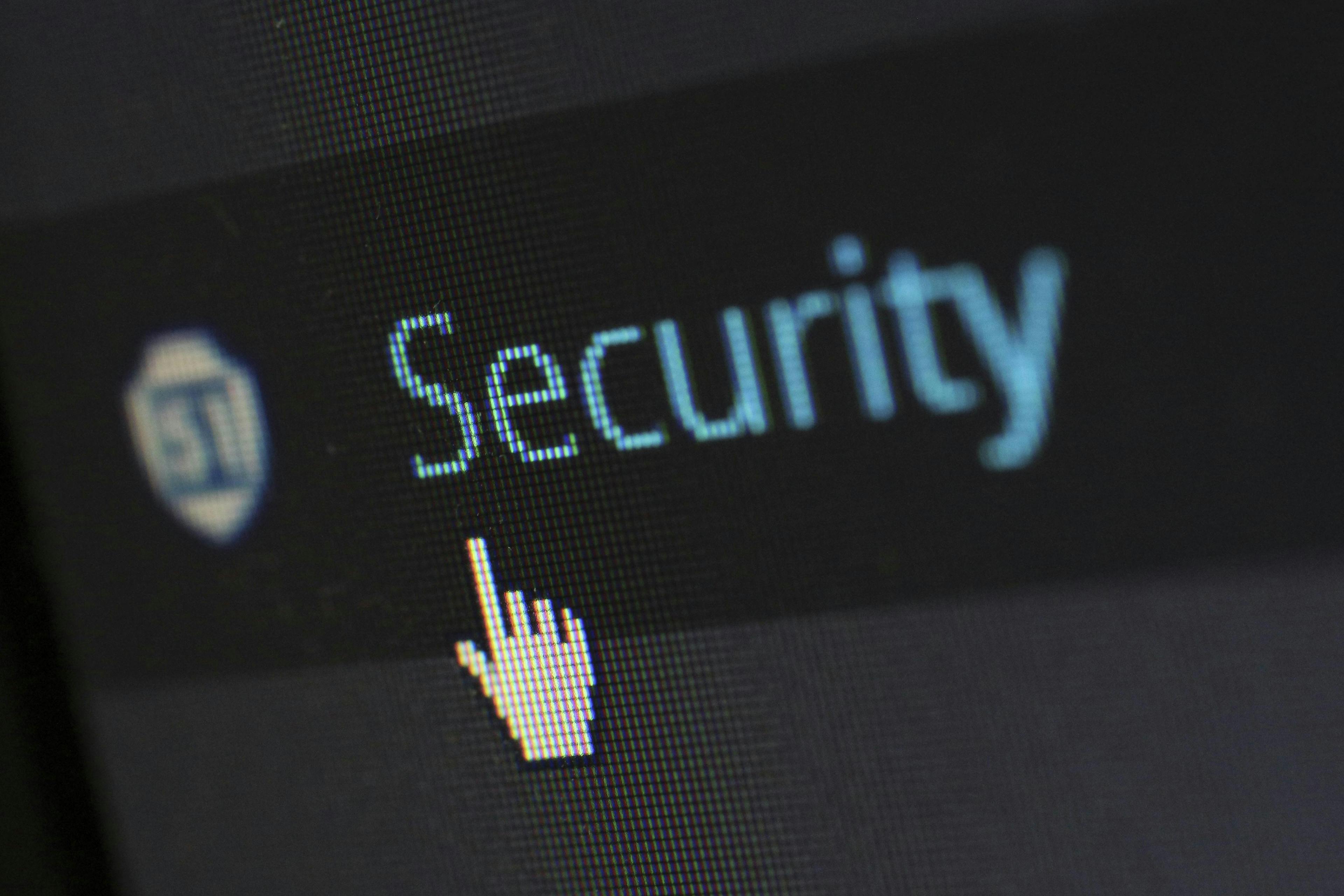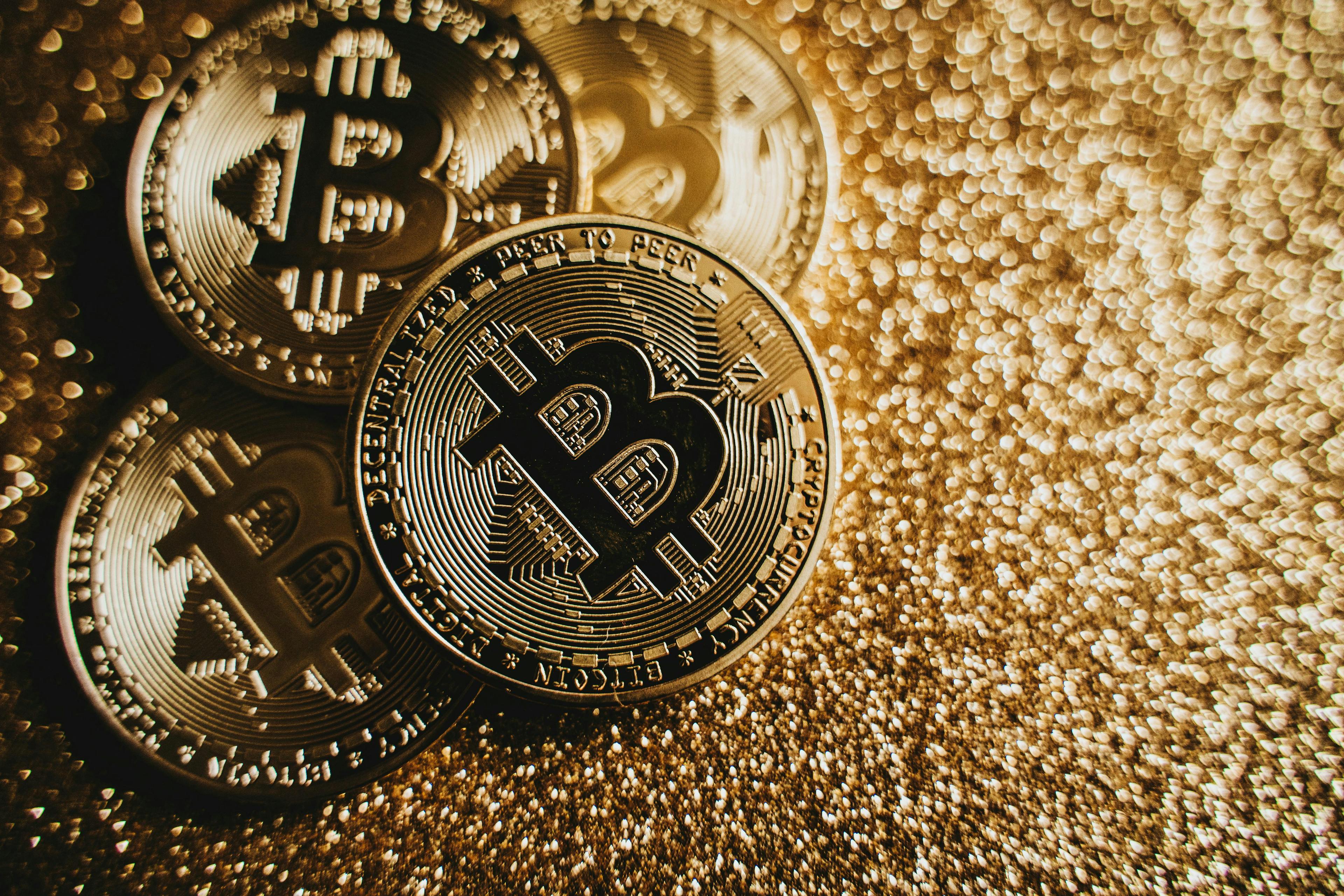Security in Decentralised Networks: Understanding Risks and Best Practices
In the era of digital transformation, decentralised networks have emerged as a revolutionary approach to data management, offering enhanced transparency, resilience, and autonomy. From blockchain technologies powering cryptocurrencies to peer-to-peer systems enabling secure data sharing, decentralisation promises a future where control is distributed rather than concentrated. However, with these advantages come unique security challenges that must be addressed to ensure the integrity and reliability of decentralised systems. This blog delves into the intricacies of security in decentralised networks, exploring the inherent risks and outlining best practices to mitigate them effectively.

Introduction
Decentralised networks represent a paradigm shift from traditional, centralised systems, offering numerous benefits such as increased transparency, reduced dependency on single points of failure, and enhanced user autonomy. However, the very features that make decentralised networks attractive also introduce new vectors for security threats. Understanding these risks and implementing effective security measures is crucial for the sustainable growth and adoption of decentralised technologies. This blog aims to provide a comprehensive overview of the security landscape in decentralised networks, highlighting potential vulnerabilities and offering strategies to safeguard these systems.
Understanding Decentralised Networks
What Are Decentralised Networks?
Decentralised networks distribute data and control across multiple nodes rather than relying on a central authority. This structure enhances resilience against failures and attacks, as there is no single point that can be targeted to disrupt the entire system. Decentralised networks are foundational to technologies like blockchain, which underpins cryptocurrencies such as Bitcoin and Ethereum, and are also integral to peer-to-peer (P2P) systems used for file sharing and distributed computing.
Key Components
Decentralised networks consist of several key components that work in tandem to ensure functionality and security:
Nodes: Independent participants that validate and propagate transactions or data within the network.
Consensus Mechanisms: Protocols that enable nodes to agree on the state of the network, ensuring consistency and preventing fraud.
Cryptography: Techniques used to secure data, authenticate users, and ensure the integrity of transactions.
Smart Contracts: Self-executing contracts with the terms directly written into code, automating and enforcing agreements without intermediaries.
Security Risks in Decentralised Networks
Despite their inherent advantages, decentralised networks are not immune to security threats. Understanding these risks is the first step toward developing effective countermeasures.
51% Attacks
A 51% attack occurs when a single entity or group gains control of the majority of a network’s mining or staking power. This control allows the attacker to manipulate the network by double-spending coins, blocking transactions, or halting the network altogether. While highly unlikely in large networks like Bitcoin due to the immense computational power required, smaller or newer blockchains remain vulnerable to such attacks.
Smart Contract Vulnerabilities
Smart contracts, while powerful, can be susceptible to bugs and vulnerabilities if not properly coded. These vulnerabilities can be exploited to steal funds, manipulate contract conditions, or disrupt network operations. The infamous DAO hack on Ethereum, where attackers exploited a flaw in a smart contract to siphon off millions of dollars, underscores the critical need for thorough smart contract security.
Sybil Attacks
In a Sybil attack, an adversary creates numerous fake identities or nodes to gain disproportionate influence over the network. This can undermine the consensus mechanism, skew voting processes, and facilitate other malicious activities. Effective mitigation strategies, such as requiring proof of work or stake, are essential to prevent Sybil attacks in decentralised networks.
Data Integrity Issues
Ensuring data integrity is paramount in decentralised networks. However, malicious actors may attempt to introduce false data or alter existing information through various means. While blockchain’s immutability feature helps protect against unauthorized data modifications, the initial data input must be accurate and trustworthy to maintain overall integrity.
Phishing and Social Engineering
Human factors remain a significant security concern. Phishing attacks and social engineering tactics can deceive users into revealing private keys, login credentials, or other sensitive information. These attacks bypass technical security measures by targeting the weakest link—the user.
Best Practices for Enhancing Security
Implementing robust security measures is crucial to safeguarding decentralised networks against the aforementioned risks. Here are some best practices to enhance security in these systems.
Robust Consensus Mechanisms
Choosing and implementing a robust consensus mechanism is fundamental to the security of a decentralised network. Mechanisms like Proof of Stake (PoS) or Delegated Proof of Stake (DPoS) can provide strong security guarantees while being more energy-efficient than Proof of Work (PoW). These mechanisms should be designed to resist majority attacks and ensure that no single entity can easily gain control over the network.
Smart Contract Audits
Regular and thorough audits of smart contracts are essential to identify and rectify vulnerabilities before deployment. Utilising both automated tools and manual code reviews by experienced developers can help ensure that smart contracts are secure and function as intended. Best practices in smart contract development, such as following established standards and conducting peer reviews, further enhance security.
Decentralised Identity Management
Implementing decentralised identity management systems can significantly enhance security by providing users with control over their own identities and reducing reliance on central authorities. Techniques like decentralised identifiers (DIDs) and verifiable credentials ensure that identities are secure, private, and resistant to tampering.
Encryption and Data Protection
Strong encryption practices are vital to protect data within decentralised networks. Encrypting data both at rest and in transit ensures that even if data is intercepted or accessed without authorisation, it remains unreadable and secure. Employing advanced cryptographic techniques, such as zero-knowledge proofs, can further enhance data privacy and security.
Regular Security Audits and Monitoring
Continuous security audits and real-time monitoring are essential to detect and respond to threats promptly. Implementing automated monitoring tools that track network activity, detect anomalies, and flag potential security breaches can help maintain the integrity of decentralised networks. Additionally, establishing incident response protocols ensures that security incidents are handled efficiently and effectively.
Case Studies: Security in Action
Examining real-world examples provides valuable insights into the practical challenges and solutions related to security in decentralised networks.
Ethereum’s DAO Hack
In 2016, the Decentralised Autonomous Organization (DAO) built on Ethereum was hacked due to a vulnerability in its smart contract code. The attacker exploited a recursive call bug, siphoning off approximately $50 million worth of Ether. This incident highlighted the critical importance of smart contract security and led to significant changes in Ethereum’s governance, including the controversial hard fork to restore the stolen funds. The DAO hack serves as a stark reminder of the potential consequences of inadequate security measures in decentralised systems.
Bitcoin’s Resilience
Bitcoin, the first and largest cryptocurrency by market capitalisation, has demonstrated remarkable resilience against various security threats over the years. Its robust PoW consensus mechanism and decentralised nature have made it highly secure, preventing successful 51% attacks despite its immense size. Bitcoin’s consistent security track record underscores the effectiveness of well-designed decentralised systems in maintaining network integrity and trust.

Future Trends in Decentralised Network Security
As decentralised networks continue to evolve, so do the strategies and technologies aimed at enhancing their security. Emerging trends are set to address current challenges and pave the way for more secure and resilient systems.
Advancements in Cryptography
Innovations in cryptography are crucial for enhancing the security of decentralised networks. Techniques such as homomorphic encryption, which allows computations on encrypted data without decrypting it, and post-quantum cryptography, designed to resist quantum computing attacks, are gaining traction. These advancements ensure that decentralised networks remain secure in the face of evolving technological threats.
Interoperability and Cross-Chain Security
As multiple blockchain networks emerge, ensuring interoperability and maintaining security across different chains become paramount. Cross-chain security protocols enable secure data exchange and collaboration between disparate networks, enhancing the overall security landscape. Initiatives like atomic swaps and interoperable smart contracts are facilitating seamless and secure interactions across various blockchain platforms.
AI and Machine Learning in Security
Artificial Intelligence (AI) and Machine Learning (ML) are increasingly being leveraged to bolster security in decentralised networks. These technologies can analyze vast amounts of data to detect patterns, identify anomalies, and predict potential threats in real-time. AI-driven security solutions enhance the ability to respond swiftly to emerging threats, ensuring that decentralised networks remain robust and secure.
Conclusion
Decentralised networks offer unparalleled benefits in terms of transparency, resilience, and user autonomy. However, these advantages come with unique security challenges that must be meticulously addressed to ensure the integrity and reliability of these systems. By understanding the inherent risks and implementing best practices such as robust consensus mechanisms, smart contract audits, decentralised identity management, encryption, and continuous monitoring, stakeholders can significantly enhance the security posture of decentralised networks.
The evolving landscape of decentralised technologies necessitates ongoing vigilance and adaptation to emerging threats. As advancements in cryptography, interoperability, and AI continue to shape the future of decentralised network security, the potential for creating secure, resilient, and trustworthy systems becomes increasingly attainable. Embracing these best practices and staying informed about the latest security trends will be pivotal in harnessing the full potential of decentralised networks while safeguarding against the ever-present threats in the digital realm.
For more information or to discuss your project needs, visit Mighty Labs or reach out to our team directly.
Ready to have a conversation?
Book a call with us